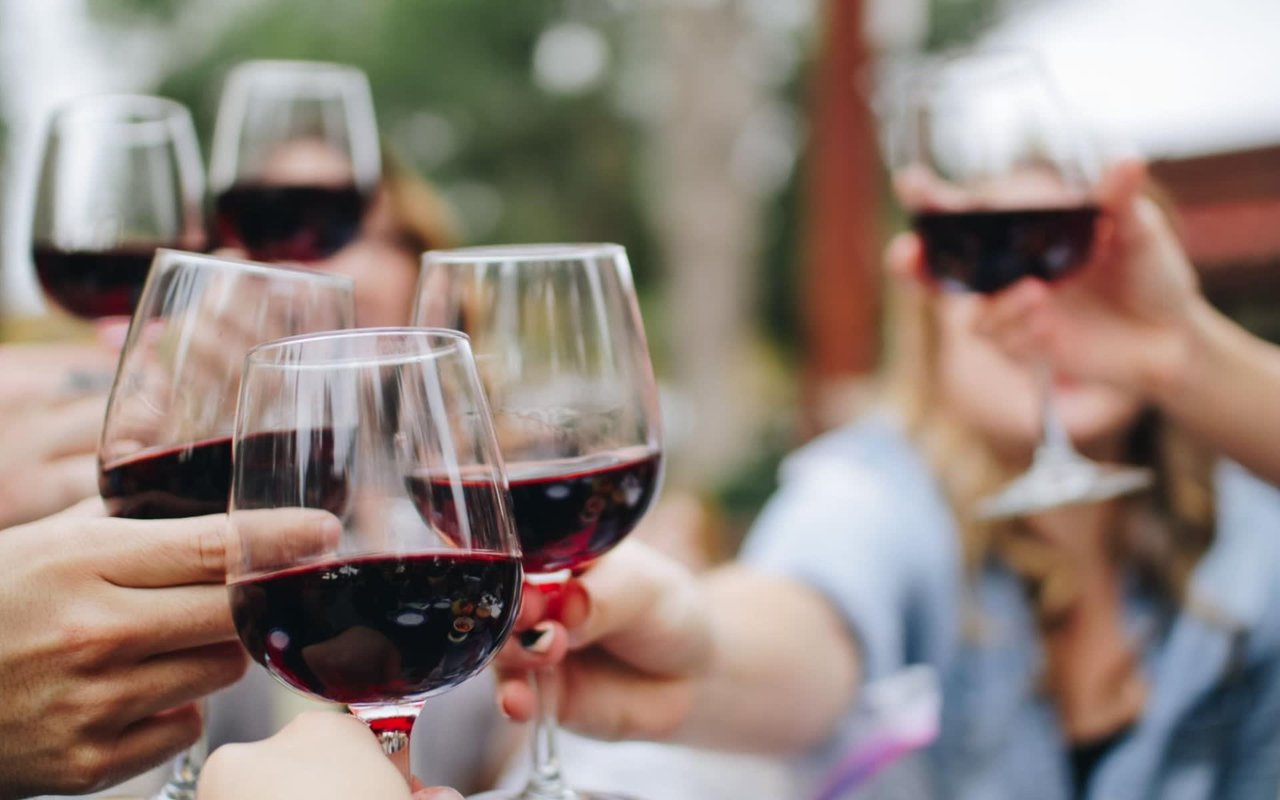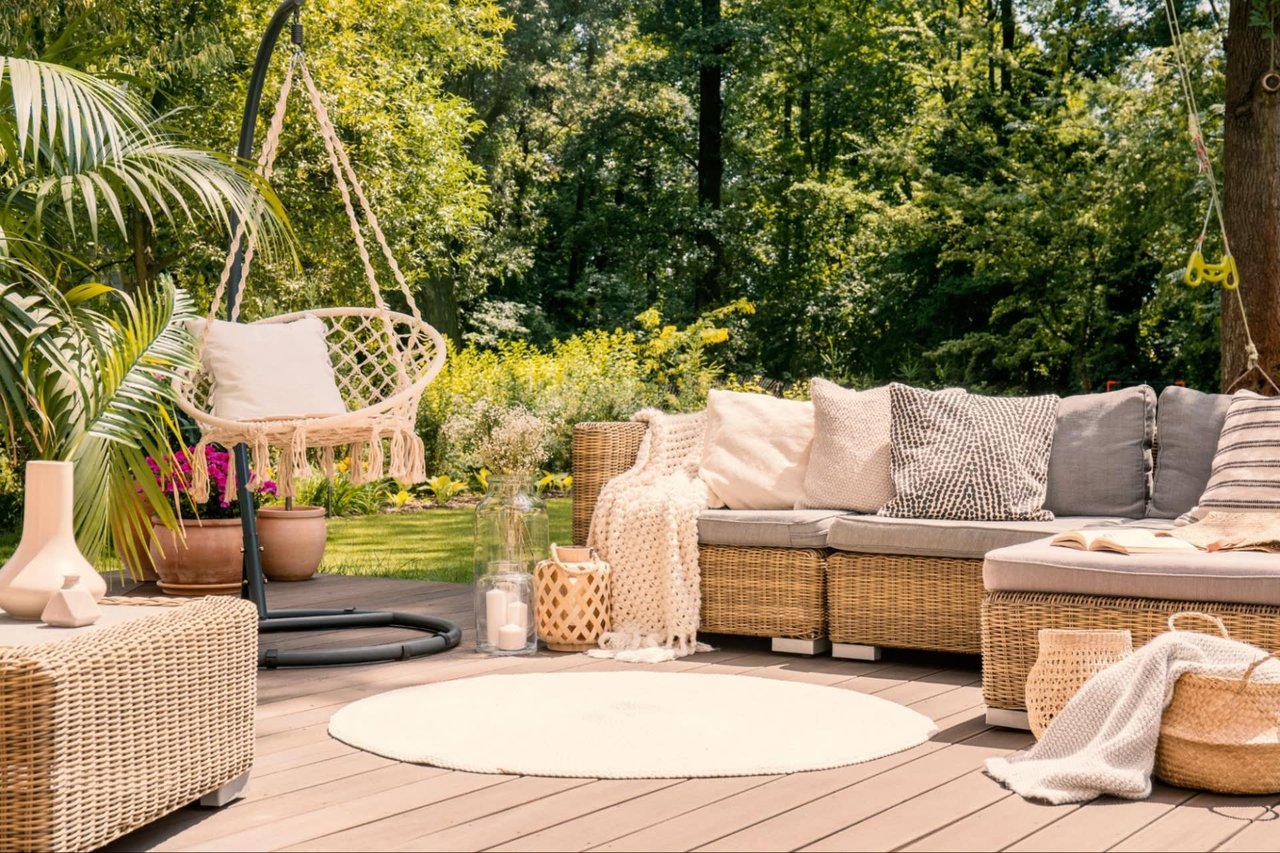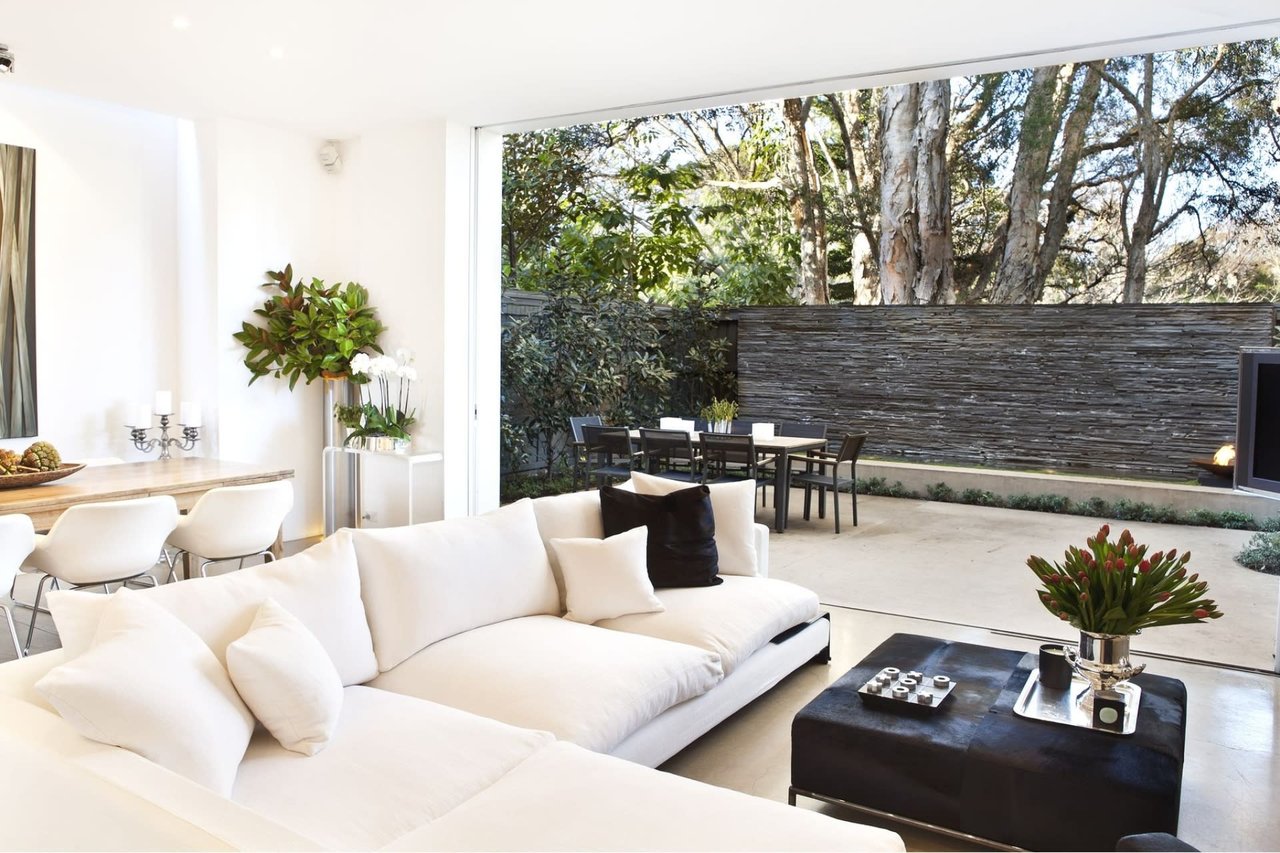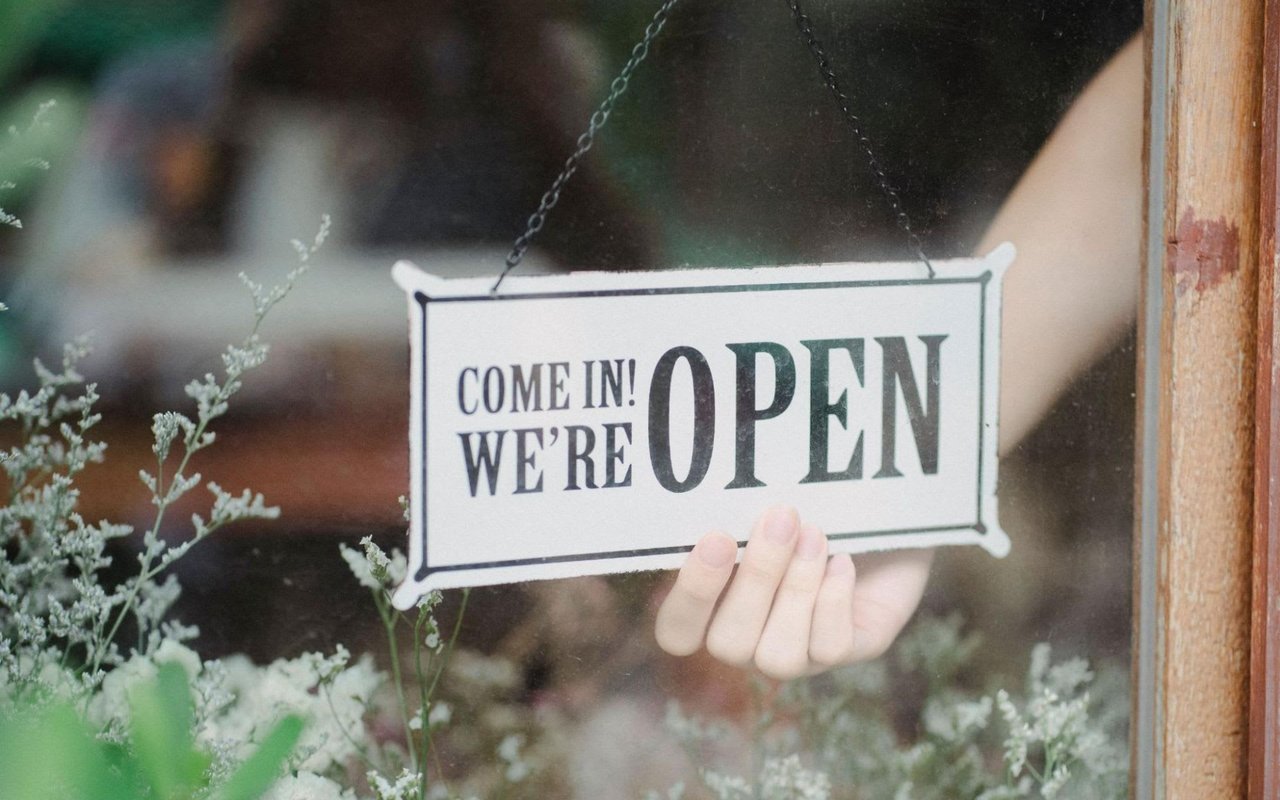Wine tasting can be a great way to spend quality time with friends and family or to explore the surrounding areas’ native plant species. However, not knowing how to drink wine properly when surrounded by experts can be intimidating. Follow the tips below to look like a pro when sampling different varieties.
Observe the appearance

Although your first instinct may be to take a sip, you can gain a lot by observing the appearance of the liquid. Note its color, looking for how intense it is as well as its hue. With white wines, a deeper color indicates age or the oak the variety was aged in. For red wines, look along the rim of the liquid. If it seems orange or brown, it can also indicate age. In contrast, a bright purple color can mean the wine is young. Color also tells a wine taster details about the grapes used to make it.
Then, look for its viscosity. Depending on how the wine legs develop along the glass from pouring, it can indicate a wine with a higher sugar and alcohol content. If a wine has bubbles and isn’t a sparkling wine, that can indicate a younger wine fermented in a cooler climate. Tipping the glass helps in evaluating the wine’s opacity and can help you look like a pro. It may be clear, murky, or have sediment along the bottom of the glass.
Swirl the glass

When you’ve observed what you can from appearances, swirl your glass of wine. For the best swirl, aim for a fluid, swift motion creating three to five rotations around the glass. The act of swirling increases the surface area of the liquid, which allows more aromas to be released. If you’ve become nose blind or the swirl doesn’t have the desired effect, sometimes letting the wine rest for a few minutes brings out the aromas. Swirling also gives you another chance to observe the legs more carefully.
Smell the aromas

After exposing the delicate aromas, sniff them, paying attention to the intensity and particular scents. There are many different smelling tactics to choose from, such as a deep breath with a partially open mouth or placing the nose completely in the glass. To seem like a real pro, try smelling the wine along the edge of the glass from the top to the bottom. Some wine tasters also smell from afar to see how far the aromas carry.
When smelling, primary aromas may include notes from citrus fruits, floral notes, or herbal tones. These scents come from the types of grapes used in the wine. Secondary aromas are a result of how the wine was made, coming from oaken barrels, fermentation, and other processes. Scents may have a creaminess like a cheese rind, a nutty musk, or a stale beer scent from yeast. Tertiary aromas come from the aging process, whether it be in a bottle or in oak, and are typically savory.
Sip the wine

There are several methods to capture the complete wine flavor profile. A simple sip and taste are perfectly okay, although serious wine tasters add in a few extra steps. Try holding the wine in your mouth, then swirling and swishing it around to cover all your taste buds, gums, and the roof of your mouth. This process oxygenates the wine, opening the flavors so you can better evaluate them. When you’ve completed your first sip, take another larger sip, and repeat the process.
In the tasting process, note differences in how sour, sweet, salty, or bitter the sip is. Observing a sweetness can indicate a late-harvest wine, while some grape strands have a distinct bitterness to them. How acidic a wine is can also indicate the grape variety and what climate the wine was created in. The tongue also detects texture, which is impacted by tannins and higher alcohol contact. Wine with a richer texture has more alcohol, while more tannins from grape skins create a drying or sandpaper effect.
Evaluate the flavors
After tasting the wine, evaluate it, trying to keep personal preference out of mind for the time being. Ask yourself if the wine seemed balanced or if all the elements worked well together. Observe its complexity by noting how many different flavors showed up in the smelling and tasting process. Also, consider its length, or how long the taste lingers on your palate. A wine lasting only a second on the tongue is short, while wines lasting five or more seconds are long. Finally, consider how much you personally enjoyed the wine.
Wine tasting tips
Even when knowing how to taste wine, the steps above can be a lot to take on. Keep in mind the few wine-tasting tips below to stay on track when flexing your knowledge.
-
Trust your instincts, even if they do come up with a strange observation. If you’re smelling or tasting a particular flavor, there’s probably a good reason why.
-
Train your nose beforehand by smelling items like jams and herbs. This will help you identify their aromas when out wine tasting and build up your flavor vocabulary.
-
Take notes when trying wines to remember your progress and puzzle observations together. Being able to see your work can provide a helpful visual in the wine-tasting process.
-
If you aren’t smelling anything from a glass, take a break. Letting your nose rest and allowing the wine to open can help you come back with success.
Become a wine-tasting expert
Looking like a wine-tasting pro isn’t too complicated, and by implementing the steps above, you’ll be an actual expert in no time. Although you don’t need to follow all the tips above to have a good time tasting wine, they’ll help you make more astute observations, which can be rewarding. When you’re ready to start your search for homes near great wineries, contact local agent Jacqueline Marks to guide you through the process.



